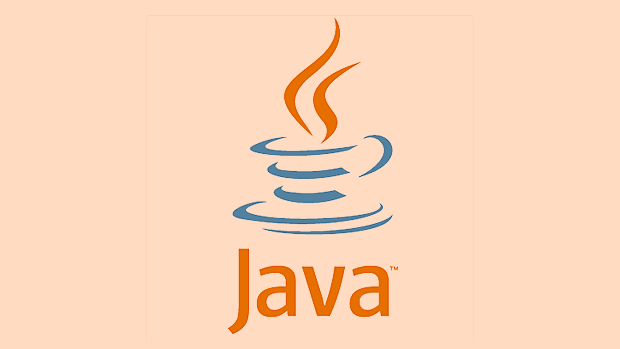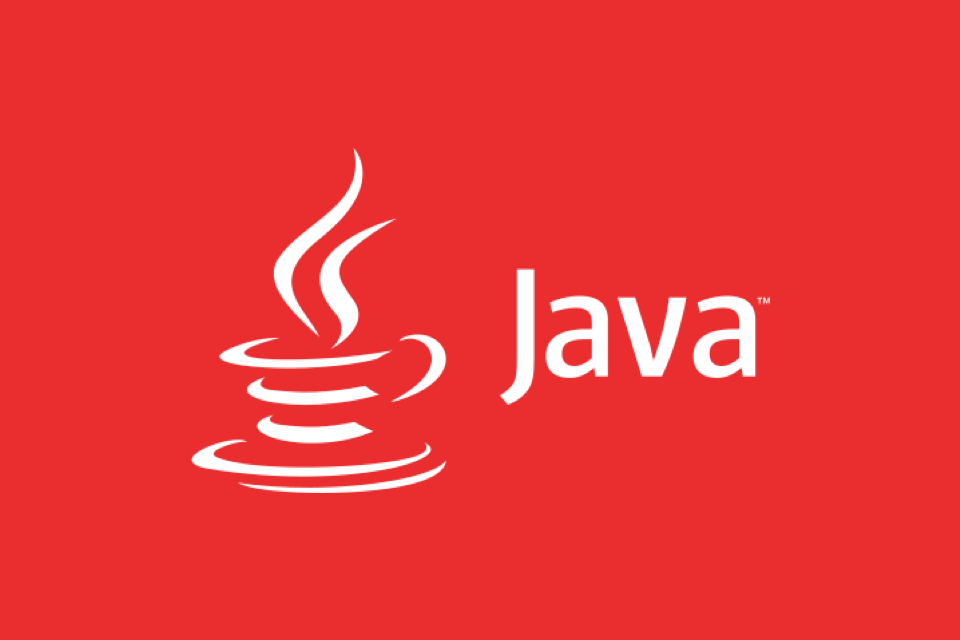Key Differences Between Java Interfaces and Abstract Classes
Jul 06, 2025 am 02:16 AMSelecting an interface or an abstract class in Java depends on design requirements. The interface defines the behavior contract and supports multiple inheritance, which is suitable for the general ability of unrelated classes; abstract classes provide shared logic and fields, which is suitable for closely related class inheritance. 1. The interface is used to define method contracts (the default and static methods can be included after Java 8), and the abstract class can contain abstract and concrete methods and instance variables. 2. Classes can implement multiple interfaces but can only inherit one abstract class, which is suitable for scenarios where multiple behaviors need to be mixed. 3. The interface field defaults to public static final, and the method defaults to public; the abstract class supports various access modifiers and non-static non-final fields. 4. The Java 8 interface supports default methods, which facilitates API evolution without destroying existing implementations; abstract classes can always add methods with implementations. 5. If you need to share code, control construction logic, or declare non-static fields, choose abstract classes, and if you need to define behavior contracts, multiple inheritance or future expansion, choose interfaces, and the two can also be used together.

When you're working with Java and trying to design a system using object-oriented principles, one common decision point is whether to use an interface or an abstract class. The main difference lies in their usage: interfaces define behavior that classes can implement , while abstract classes provide a base for subclasses to build upon, potentially including both method definitions and implementations .

Let's break this down into more dirty parts based on what developers usually care about when making this choice.

1. Definition and Purpose
Interfaces and abstract classes serve different architectural goals.
-
Interfaces are all about defining a contract. They tell a class what methods it must implement but don't provide any implementation themselves (prior to Java 8). From Java 8 onward, interfaces can include default and static methods.

Abstract classes , on the other hand, are meant to be extended. They can have both abstract methods (with implementation) and concrete methods (with implementation). They often represent a shared base with some logic already baked in.
A real-world example:
- If you're modeling shapes, an
interface Resizablemight require implementing aresize(double factor)method. - An
abstract class Shapecould provide agetArea()abstract method, along with a concreteprintDetails()method that outputs basic info.
2. Inheritance Model
Java allows multiple inheritance through interfaces, but not with abstract classes.
- A class can implement multiple interfaces , which makes them powerful when you want to mix in several behaviors.
- But a class can only extend one abstract class , due to Java's single inheritance model for classes.
So if you need your class to support logging, resizing, and serializing, using interfaces like Loggable , Resizable , and Serializable make sense.
3. Access Modifiers and Fields
There are subtle but important differences in how each handles fields and access control.
- Interfaces can only have public static final fields by default (constants), and all methods are public unless specified as private (from Java 9).
- Abstract classes can have instance variables , non-static and non-final fields, and support all access modifiers like private, protected, etc.
This means:
- If you need to store state, an abstract class is more flexible.
- If you just need to enforce constants or behaviors across unrelated classes, interfaces are better suited.
4. Evolution and Default Methods
Before Java 8, adding a new method to an interface would break all existing implementations. Now, thanks to default methods , interfaces can evolve without breaking compatibility.
- Abstract classes have always been able to add new methods with implementations without breaking subclasses (as long as they're not abstract).
- So, if backward compatibility matters and you're working with a widely used API, default methods in interfaces offer a modern solution.
For example:
public interface Vehicle {
void move();
default void honk() {
System.out.println("Beep!");
}
} Now, any class implementing Vehicle doesn't have to override honk() immediately.
5. When to Use Which?
Here's a quick guide to help decide:
-
? Use an interface when:
- You want to define a capability or behavior that can be implemented by unrelated classes.
- You need multiple inheritance of type or behavior.
- You're designing APIs that may change over time using default methods.
-
? Use an abstract class when:
- You want to share code among closely related classes.
- You need to declare non-static or non-final fields.
- You want to control constructor logic that subclasses must follow.
You can even combine both — for example, having an abstract class that implements one or more interfaces.
Basically, the choice depends on your specific design needs. Both have their strengths, and sometimes using a mix gives you the most flexibility.
The above is the detailed content of Key Differences Between Java Interfaces and Abstract Classes. For more information, please follow other related articles on the PHP Chinese website!

Hot AI Tools

Undress AI Tool
Undress images for free

Undresser.AI Undress
AI-powered app for creating realistic nude photos

AI Clothes Remover
Online AI tool for removing clothes from photos.

Clothoff.io
AI clothes remover

Video Face Swap
Swap faces in any video effortlessly with our completely free AI face swap tool!

Hot Article

Hot Tools

Notepad++7.3.1
Easy-to-use and free code editor

SublimeText3 Chinese version
Chinese version, very easy to use

Zend Studio 13.0.1
Powerful PHP integrated development environment

Dreamweaver CS6
Visual web development tools

SublimeText3 Mac version
God-level code editing software (SublimeText3)

Hot Topics
 Using std::chrono in C
Jul 15, 2025 am 01:30 AM
Using std::chrono in C
Jul 15, 2025 am 01:30 AM
std::chrono is used in C to process time, including obtaining the current time, measuring execution time, operation time point and duration, and formatting analysis time. 1. Use std::chrono::system_clock::now() to obtain the current time, which can be converted into a readable string, but the system clock may not be monotonous; 2. Use std::chrono::steady_clock to measure the execution time to ensure monotony, and convert it into milliseconds, seconds and other units through duration_cast; 3. Time point (time_point) and duration (duration) can be interoperable, but attention should be paid to unit compatibility and clock epoch (epoch)
 How does PHP handle Environment Variables?
Jul 14, 2025 am 03:01 AM
How does PHP handle Environment Variables?
Jul 14, 2025 am 03:01 AM
ToaccessenvironmentvariablesinPHP,usegetenv()orthe$_ENVsuperglobal.1.getenv('VAR_NAME')retrievesaspecificvariable.2.$_ENV['VAR_NAME']accessesvariablesifvariables_orderinphp.iniincludes"E".SetvariablesviaCLIwithVAR=valuephpscript.php,inApach
 Why We Comment: A PHP Guide
Jul 15, 2025 am 02:48 AM
Why We Comment: A PHP Guide
Jul 15, 2025 am 02:48 AM
PHPhasthreecommentstyles://,#forsingle-lineand/.../formulti-line.Usecommentstoexplainwhycodeexists,notwhatitdoes.MarkTODO/FIXMEitemsanddisablecodetemporarilyduringdebugging.Avoidover-commentingsimplelogic.Writeconcise,grammaticallycorrectcommentsandu
 How does a HashMap work internally in Java?
Jul 15, 2025 am 03:10 AM
How does a HashMap work internally in Java?
Jul 15, 2025 am 03:10 AM
HashMap implements key-value pair storage through hash tables in Java, and its core lies in quickly positioning data locations. 1. First use the hashCode() method of the key to generate a hash value and convert it into an array index through bit operations; 2. Different objects may generate the same hash value, resulting in conflicts. At this time, the node is mounted in the form of a linked list. After JDK8, the linked list is too long (default length 8) and it will be converted to a red and black tree to improve efficiency; 3. When using a custom class as a key, the equals() and hashCode() methods must be rewritten; 4. HashMap dynamically expands capacity. When the number of elements exceeds the capacity and multiplies by the load factor (default 0.75), expand and rehash; 5. HashMap is not thread-safe, and Concu should be used in multithreaded
 how to avoid undefined index error in PHP
Jul 14, 2025 am 02:51 AM
how to avoid undefined index error in PHP
Jul 14, 2025 am 02:51 AM
There are three key ways to avoid the "undefinedindex" error: First, use isset() to check whether the array key exists and ensure that the value is not null, which is suitable for most common scenarios; second, use array_key_exists() to only determine whether the key exists, which is suitable for situations where the key does not exist and the value is null; finally, use the empty merge operator?? (PHP7) to concisely set the default value, which is recommended for modern PHP projects, and pay attention to the spelling of form field names, use extract() carefully, and check the array is not empty before traversing to further avoid risks.
 PHP prepared statement with IN clause
Jul 14, 2025 am 02:56 AM
PHP prepared statement with IN clause
Jul 14, 2025 am 02:56 AM
When using PHP preprocessing statements to execute queries with IN clauses, 1. Dynamically generate placeholders according to the length of the array; 2. When using PDO, you can directly pass in the array, and use array_values to ensure continuous indexes; 3. When using mysqli, you need to construct type strings and bind parameters, pay attention to the way of expanding the array and version compatibility; 4. Avoid splicing SQL, processing empty arrays, and ensuring data types match. The specific method is: first use implode and array_fill to generate placeholders, and then bind parameters according to the extended characteristics to safely execute IN queries.
 How to Install PHP on Windows
Jul 15, 2025 am 02:46 AM
How to Install PHP on Windows
Jul 15, 2025 am 02:46 AM
The key steps to install PHP on Windows include: 1. Download the appropriate PHP version and decompress it. It is recommended to use ThreadSafe version with Apache or NonThreadSafe version with Nginx; 2. Configure the php.ini file and rename php.ini-development or php.ini-production to php.ini; 3. Add the PHP path to the system environment variable Path for command line use; 4. Test whether PHP is installed successfully, execute php-v through the command line and run the built-in server to test the parsing capabilities; 5. If you use Apache, you need to configure P in httpd.conf
 PHP check if a string starts with a specific string
Jul 14, 2025 am 02:44 AM
PHP check if a string starts with a specific string
Jul 14, 2025 am 02:44 AM
In PHP, you can use a variety of methods to determine whether a string starts with a specific string: 1. Use strncmp() to compare the first n characters. If 0 is returned, the beginning matches and is not case sensitive; 2. Use strpos() to check whether the substring position is 0, which is case sensitive. Stripos() can be used instead to achieve case insensitive; 3. You can encapsulate the startsWith() or str_starts_with() function to improve reusability; in addition, it is necessary to note that empty strings return true by default, encoding compatibility and performance differences, strncmp() is usually more efficient.







